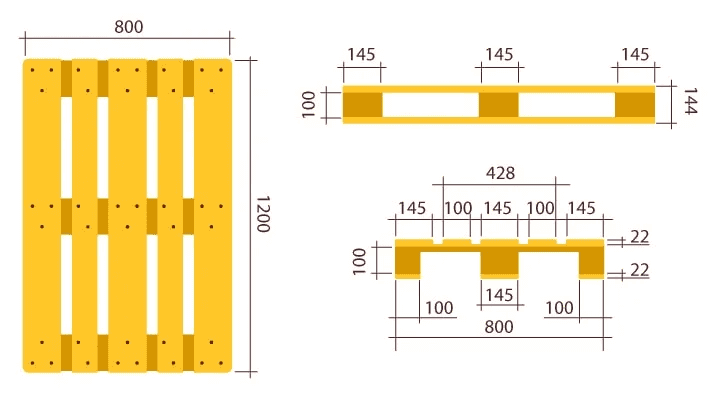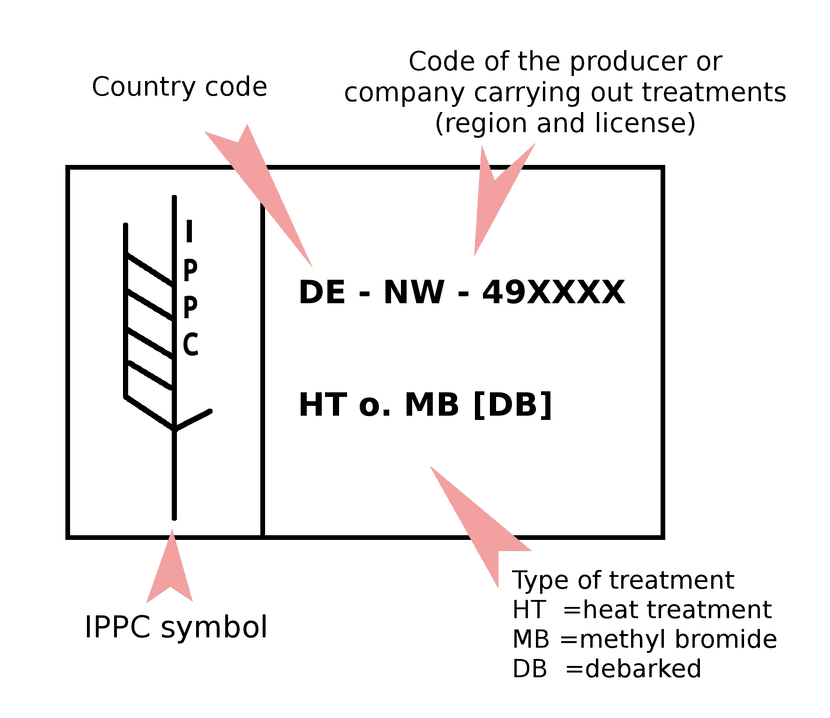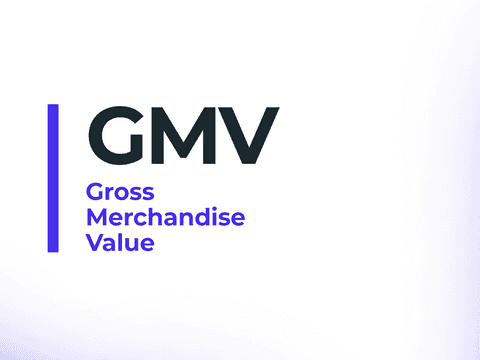When using Euro pallets for logistics shipments, it’s crucial to know their dimensions, weight, and legal requirements. Euro pallets, also known as EUR-pallets or EPAL pallets, are standardized across Europe, making them ideal for international shipping and storage.
This guide will address your questions about the size, weight, and features of Euro pallets, and provide insights into the legal considerations for their use.

What is a euro pallet?
European pallets, or Euro pallets, are palletized boards whose dimensions have been standardized for better use in European territories.
In fact, it is the most widespread model in Europe.
These pallets are regulated by the UNE-EN 13698-1:2003 standard, which ensures their quality and uniformity through mandatory quality controls for their commercialization.
The standardization of these measures allows Euro pallets to be interchangeable between different companies without the need to adapt forklifts or racks.
Other specifications that make the European pallet an essential logistical component include:
- Synchronizing various supply chains with greater efficiency
- Versatility and compatibility with a multitude of storage systems
- Usability in both large centers and small logistics warehouses
- A design that supports heavy loads, reducing damage during transport
- Chamfers and corner edges that facilitate extraction and handling
- Adaptability for sea and land vehicles
What size is a euro pallet?
According to the established criteria, the standard dimensions of European pallets are 1200 x 800 mm:
- Length: 1200 mm
- Width: 800 mm
- Height: 144 mm
These measurements coincide with the multiples of standard plastic crates, facilitating the grouping and organization of products.

When shipping these types of pallets, it is crucial to indicate the correct dimensions and weight to the carrier so they can allocate space more efficiently. This could reduce your freight rate.
To do this, measure the length, width, and height from the floor to the top, and add the weight.
For pallets where the goods protrude from the base, include that as well.
How much does a Euro pallet weigh
A European pallet weighs approximately 25 kg and can support loads of up to 1,500 kg.
However, its weight may vary depending on the material of construction and the condition of its load. The load capacities are as follows:
- Dynamic (moving) load: Up to 1,500 kg
- Static load (when stationary): Up to 4,000 kg
- Racked load (on racks): Up to 1,000 kg
Types of euro pallets
1. Half Euro pallet (600 x 800 mm)
The Euro half pallet is perfect for large-scale distribution.
Thanks to its compact design, it is very easy to replenish products in shops and supermarkets, which improves operational efficiency.
This pallet weighs around 12 kg and can support up to 750 kg in motion, 2000 kg at rest, and 500 kg on shelves.
2. Quarter Euro pallet (400 x 600 mm)
Its small size is ideal for presenting products attractively at points of sale, encouraging impulse purchases.
It weighs about 7 kg and has a load capacity of up to 375 kg in motion, 1000 kg at rest, and 250 kg on shelves.
3. Third pallet (400 x 800 mm)
This pallet is similar to the quarter pallet and is also used in large-scale distribution to display products. Its more elongated design makes it very versatile, adapting to different spaces and display needs.
It weighs around 9 kg and can support up to 500 kg in motion, 1500 kg at rest, and 375 kg on shelves
Related article
Mandatory certificates and regulations
If you plan to ship pallets to other countries, make sure they meet the necessary standards for transport exports.
Many companies or customs controls may reject your pallets if they do not have certificates showing that they have been treated in accordance with current regulations.
The two most important certificates are the EPAL and IPPC certificates.
1. EPAL
The European Pallet Association (EPAL) is the entity responsible for the standardization and certification of European pallets.
Every European pallet must have an EPAL symbol on its corners, which guarantees that it has been manufactured with the quality and conformity to specific technical standards.
This symbol is crucial to maintain uniformity and quality in pallets used throughout Europe.
The lack of this symbol on your pallet may cause it to be rejected or you may even be sanctioned by the competent authorities.

2. IPPC
The IPPC seal, from the International Plant Protection Convention, has been mandatory on all pallets used in international trade since January 2010 (ISPM 15).
This seal indicates that the wood has been treated to eliminate pest risks, complying with phytosanitary safety standards. You will need it to prove that your pallets are compliant.
Information to include:
- Country code: indicates the country of origin of the pallet
- Producer registration number: identifies the producer of the wood
- Type of treatment: specifies the method used to treat the wood, the most common being heat treatment (HT) or fumigation (MB)
Important: IPPC certification is not exclusive to the EPAL standard. It must be included on all pallets used in international trade, including American trade.

Differences between european and american pallets
The main differences are their size and regions of use.
The American pallet has larger dimensions: it measures 120 cm by 100 cm, compared to the 120 cm by 80 cm of a European pallet. I
In addition, it is mostly used in the United States and Japan. This type of pallet is standardized under ISO 3676, allowing its use in export operations.
As for the manufacturing materials, they are the same, varying between wood and metal depending on the type of industry.
| Feature | European Pallet | American Pallet |
|---|---|---|
| Dimensions | 1200 mm x 800 mm | 1200 mm x 1000 mm |
| Standard | UNE-EN 13698-1 | ISO 3676 |
| Popularity | Europe | United States and Japan |
| Maximum Load | 1500 kg in motion | Variable by industry |
| Static Weight | Up to 4000 kg | Variable by industry |
When to use each one in case of shipment?
It is best to opt for the pallet most commonly used in the region of destination.
This will avoid having to re-palletize the goods.
It is also the best way to ensure correct customs clearance, as most regulations will require compliance with the importing country's standards.
For example, for shipments from the United States to Europe, it is correct to use the Euro pallet.
Frequently Asked Questions
Is a standard pallet the same as an American or European pallet?
No, it is not the same. The term “standard pallet” will vary according to the logistics region, so this term must be contextualized according to local logistics circumstances.
How do you dismantle a European pallet?
To dismantle a European pallet, place the pallet on a stable surface and use a crowbar to gently lift the top boards, starting from one corner.
Remove the nails with a hammer or cut them with a saw. Repeat the process until all the top boards are separated.
Then disassemble the bottom boards and the pallet legs. Make sure to wear protective gloves throughout the process.
What is the proper way to distribute the load on a Euro pallet?
You should balance the weight evenly, placing the heaviest objects on the base and centered.
Ensure the load does not overhang the edges of the pallet and use straps or plastic wrap to ensure stability.
Distribute the weight in a way that keeps the center of gravity low and avoid empty spaces to prevent shifting during transport.
Which carriers can I use to ship European pallets?
Among the most prominent carriers are DHL, FedEx, UPS, DB Schenker, and TNT. You can also use transport services specialized in palletized freight, such as Palletways and Pall-Ex, which offer specific solutions for this type of shipment.
Additionally, you can automate European pallet shipments directly from the Outvio platform.




